Vocabulary development Normal Phonics Worksheets for Ages 3-7
15 filtered results
-
From - To
Discover our engaging vocabulary development phonics worksheets designed for children aged 3-7! Our resources focus on enhancing early literacy skills through fun and interactive exercises tailored to young learners. With a variety of worksheets featuring colorful illustrations and relatable themes, kids will effortlessly build their vocabulary while practicing phonics. Each activity promotes sound recognition and word association, ensuring foundational reading skills are developed in a playful manner. Ideal for parents and educators alike, these worksheets provide a structured approach to learning, making it easy for children to grasp essential language concepts. Download now and watch your child's vocabulary flourish!
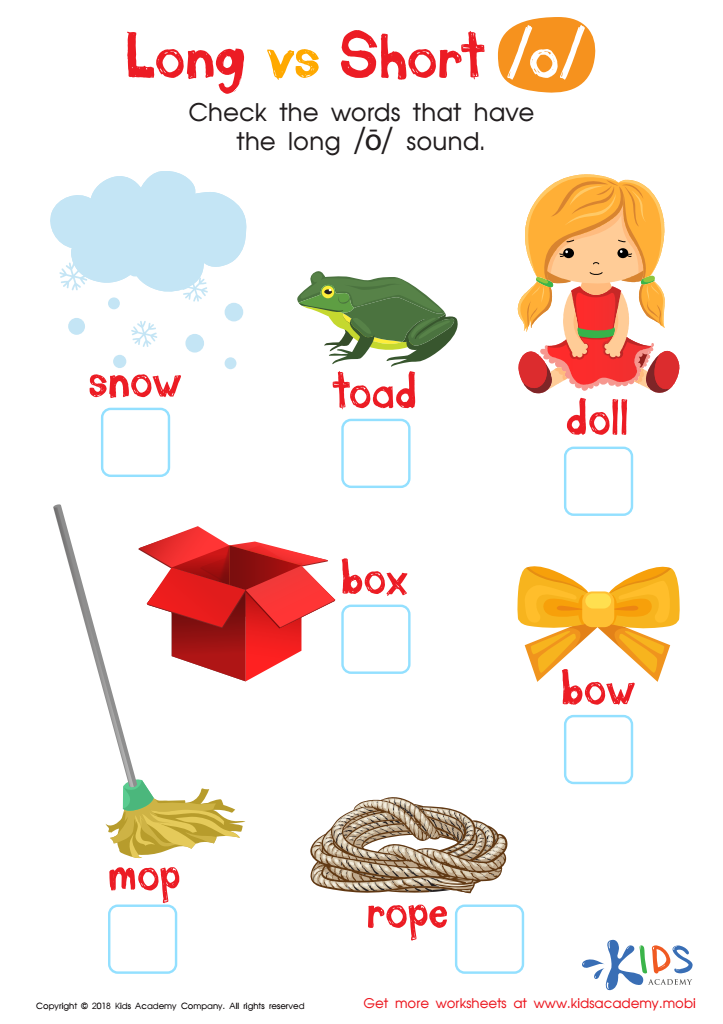

Long vs Short O Reading Worksheet
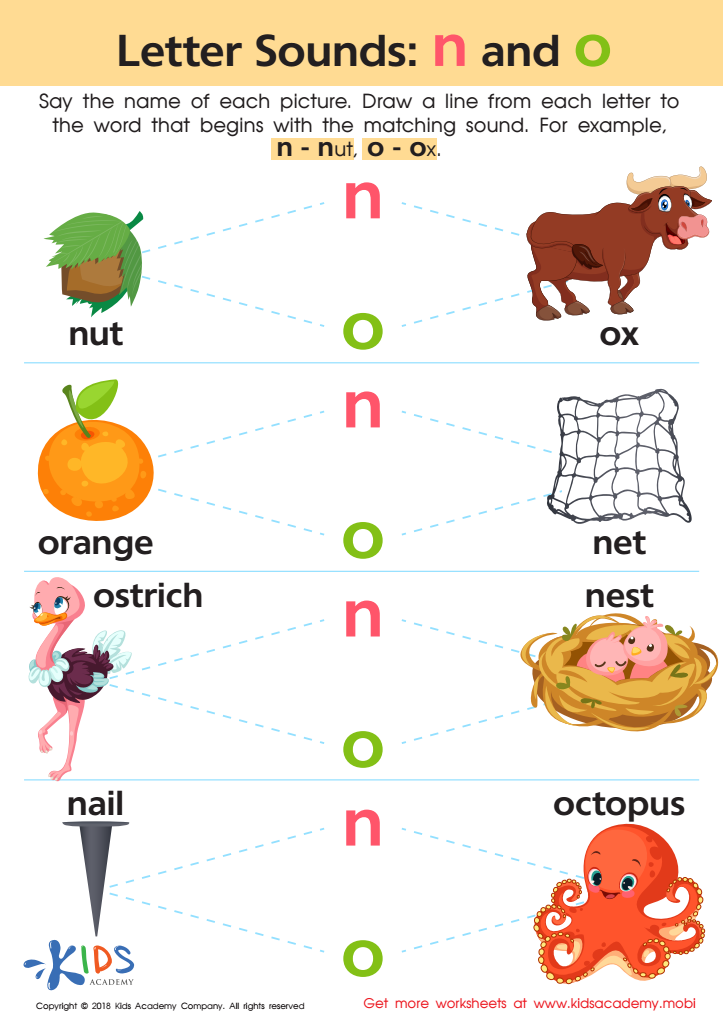

Letter N and O Sounds Worksheet
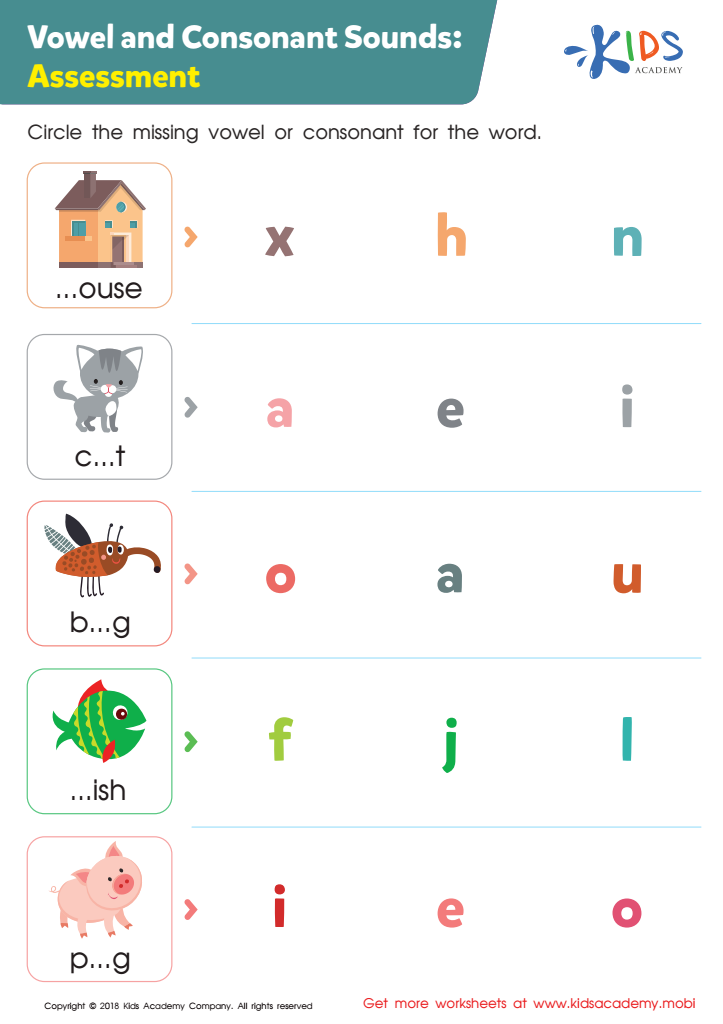

Vowel and Consonant Sounds: Assessment Worksheet
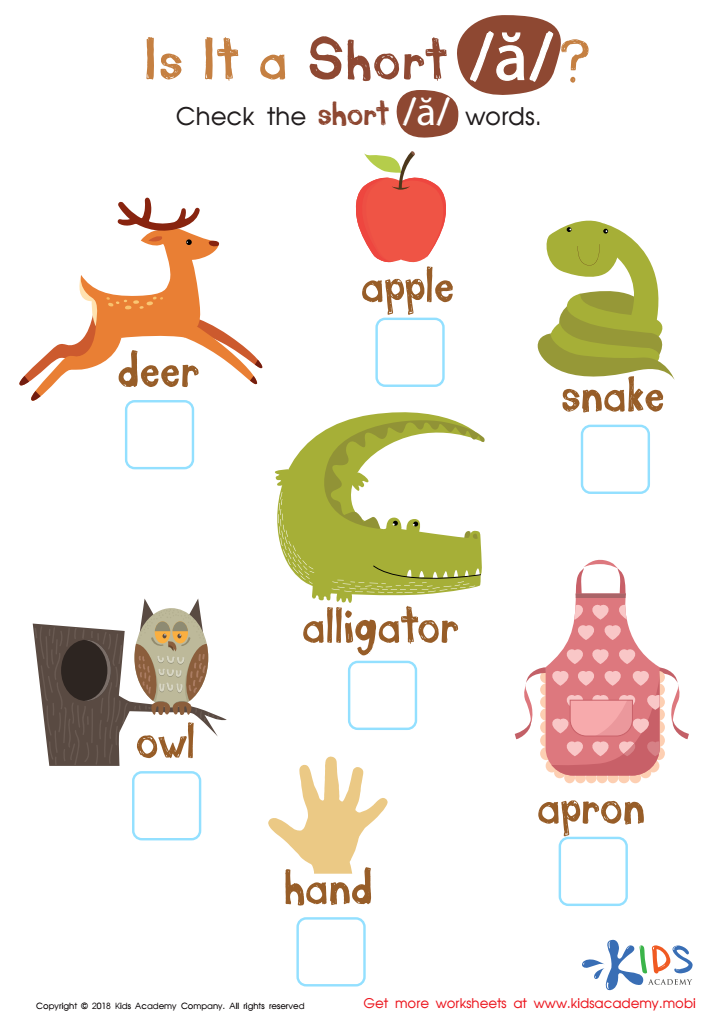

Is It Short A? Reading Worksheet
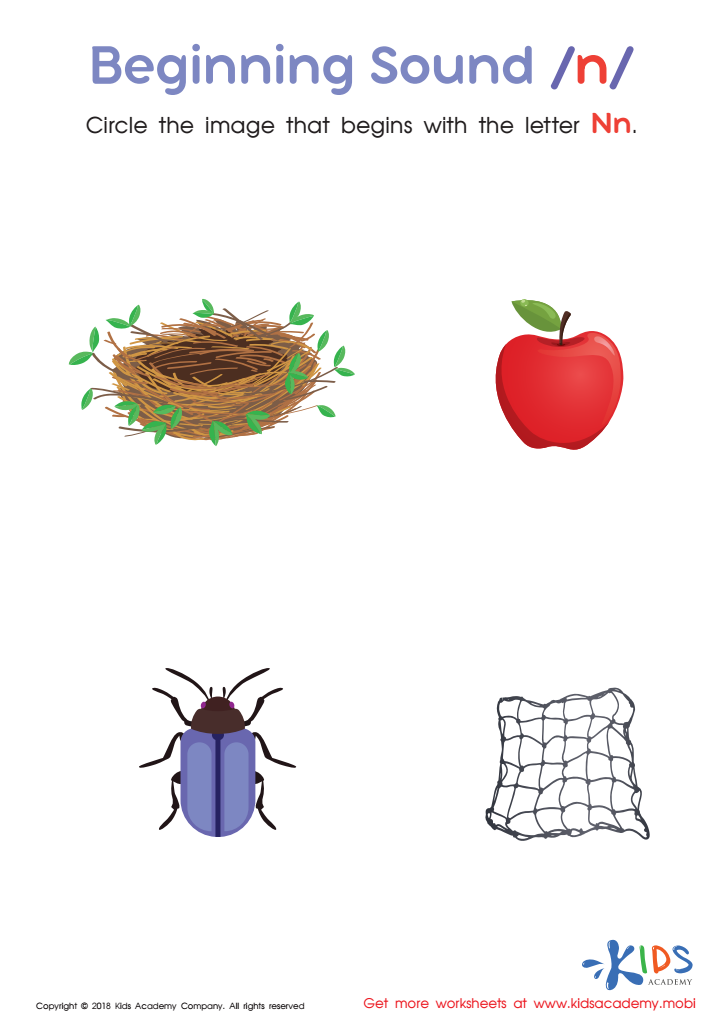

Beginning Sound «n» Worksheet
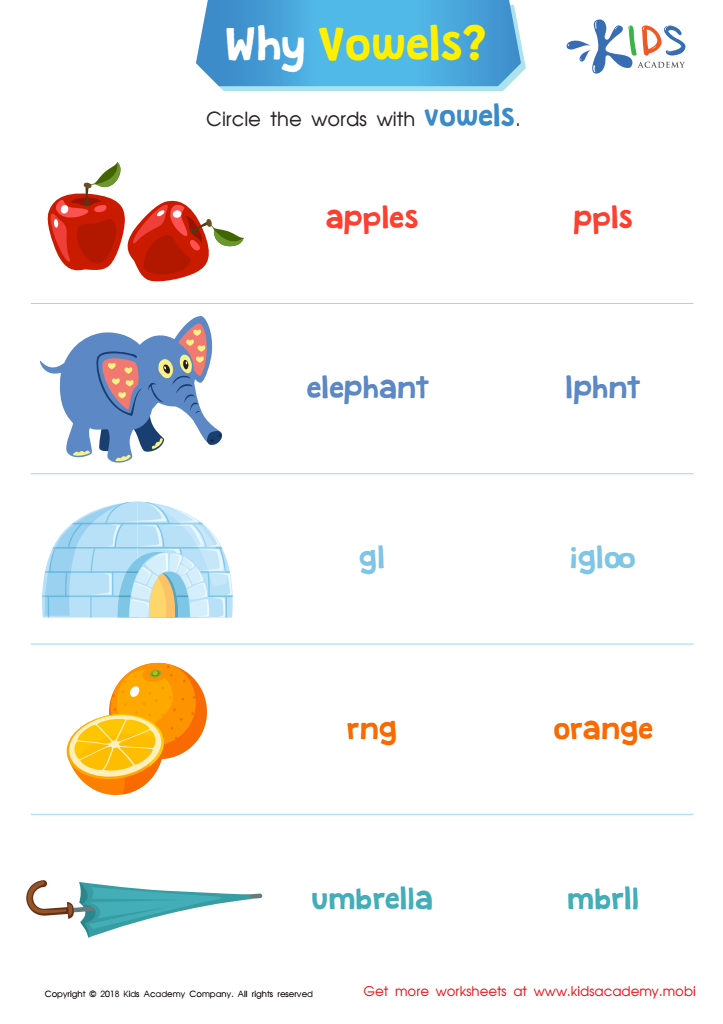

Why Vowels? Reading Worksheet
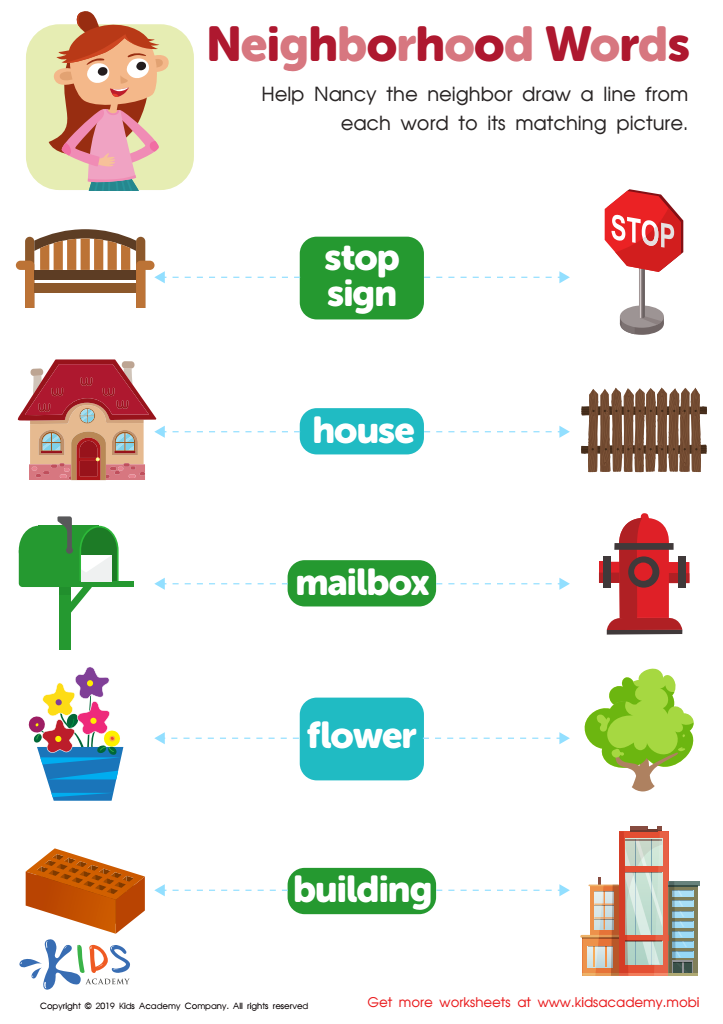

Neighborhood Words Worksheet
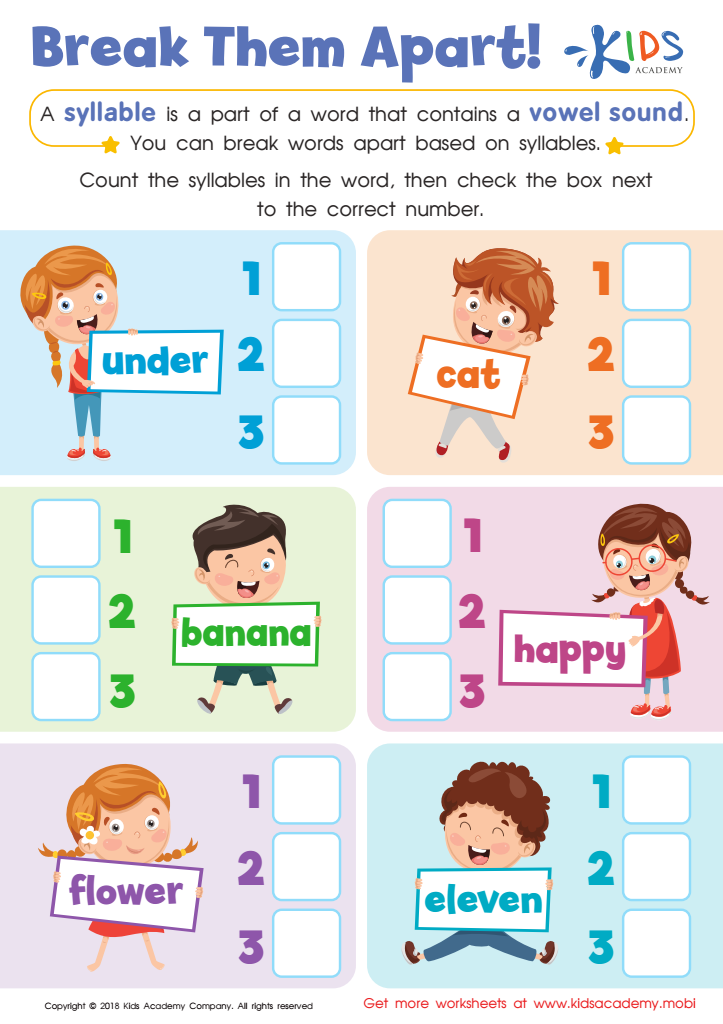

Reading: Break Them Apart Worksheet
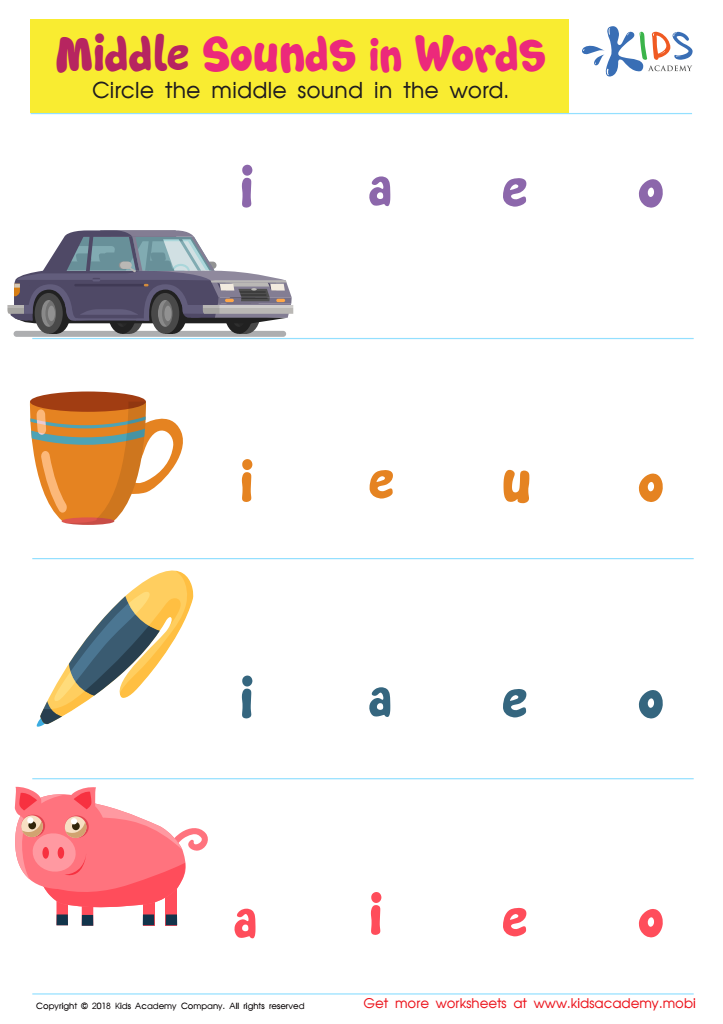

Middle Sounds in Words Worksheet
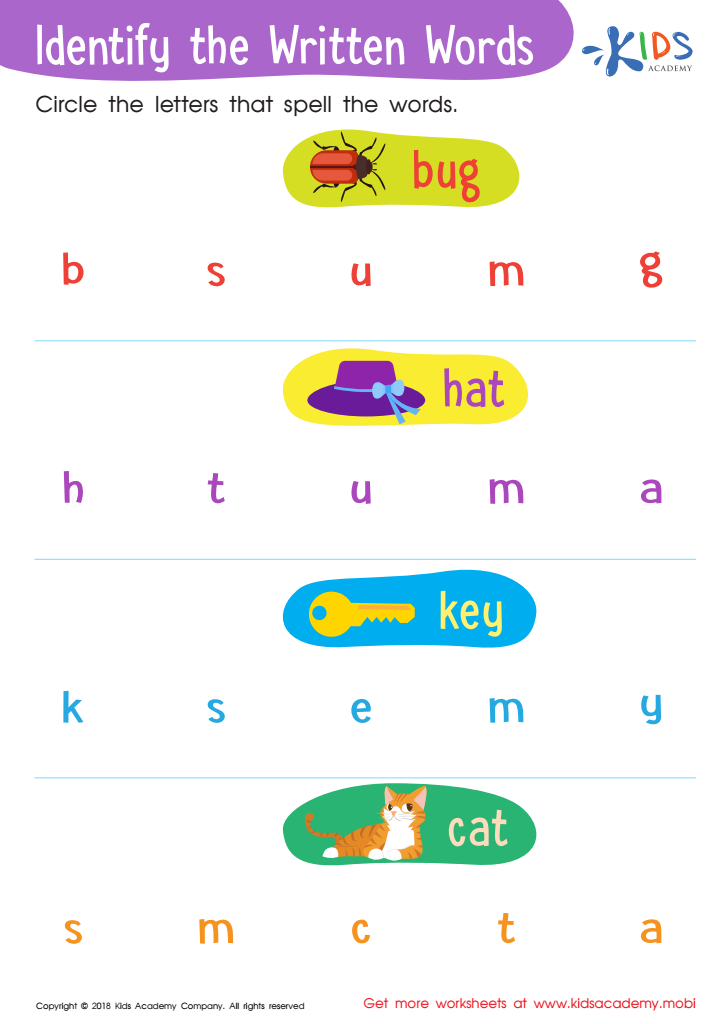

Identify the Written Words Worksheet
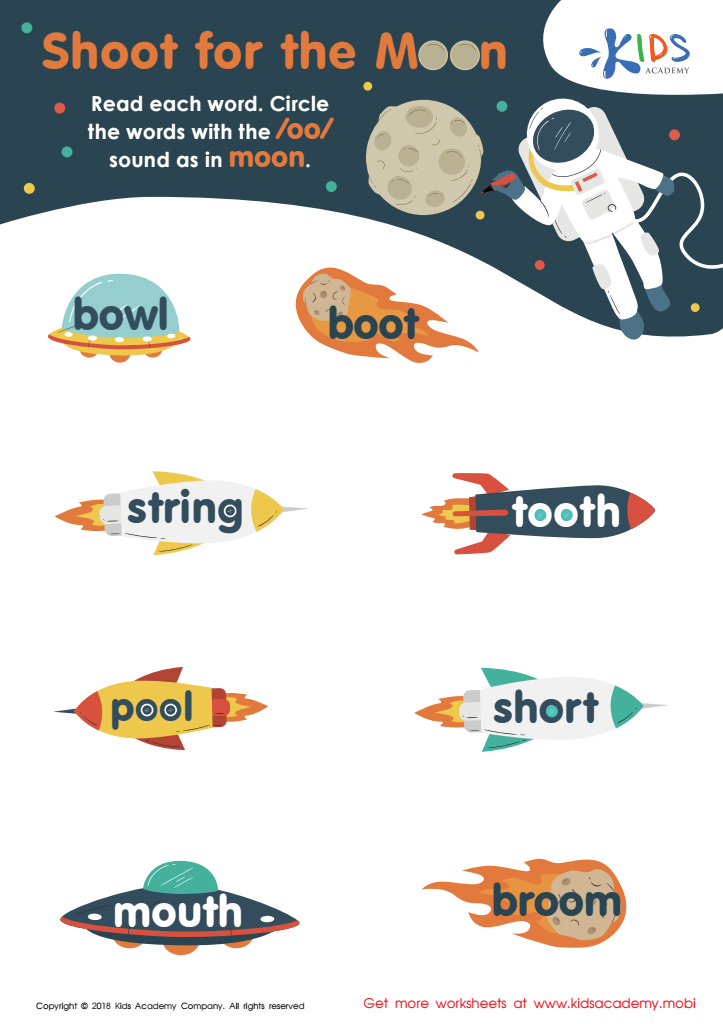

Reading: Shoot for the Moon Worksheet
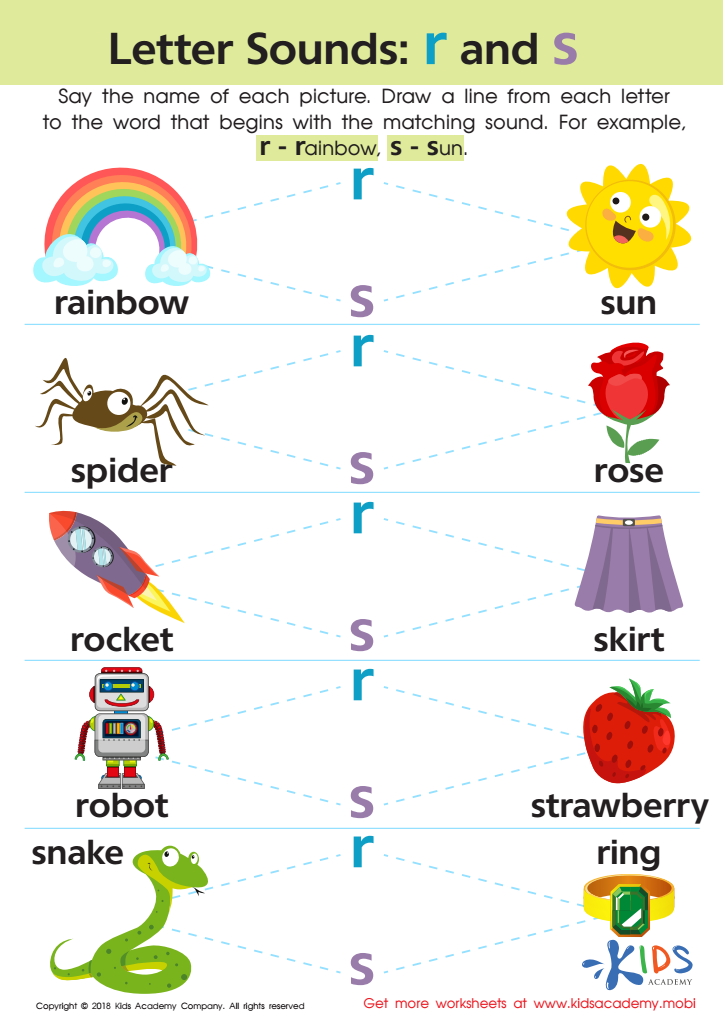

Letter R and S Sounds Worksheet
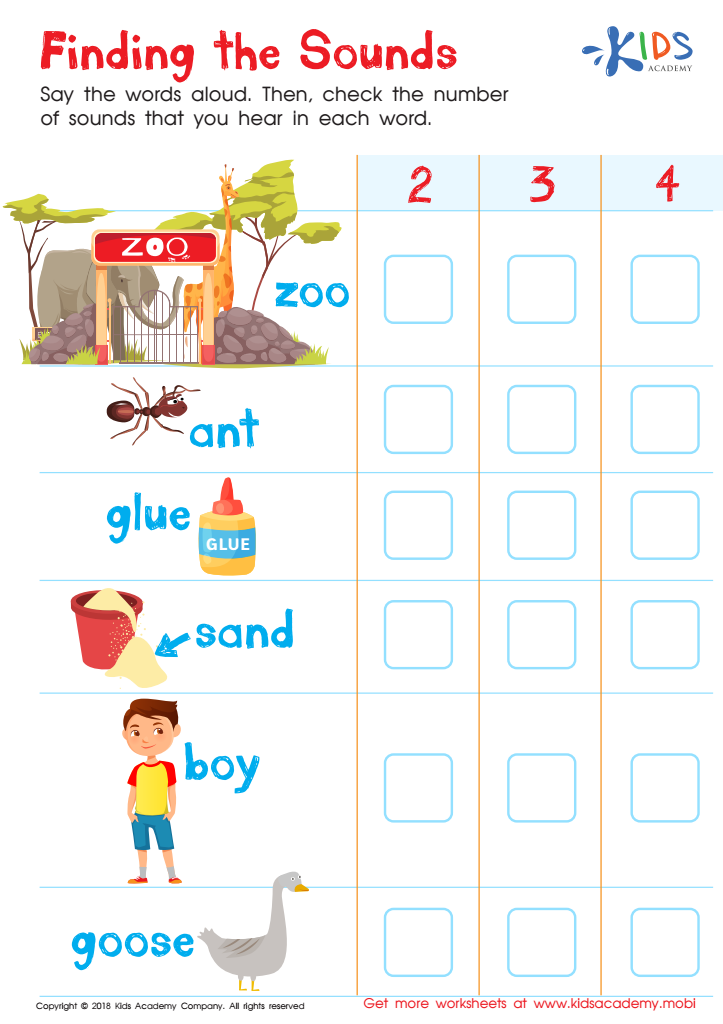

Finding the Sounds Worksheet
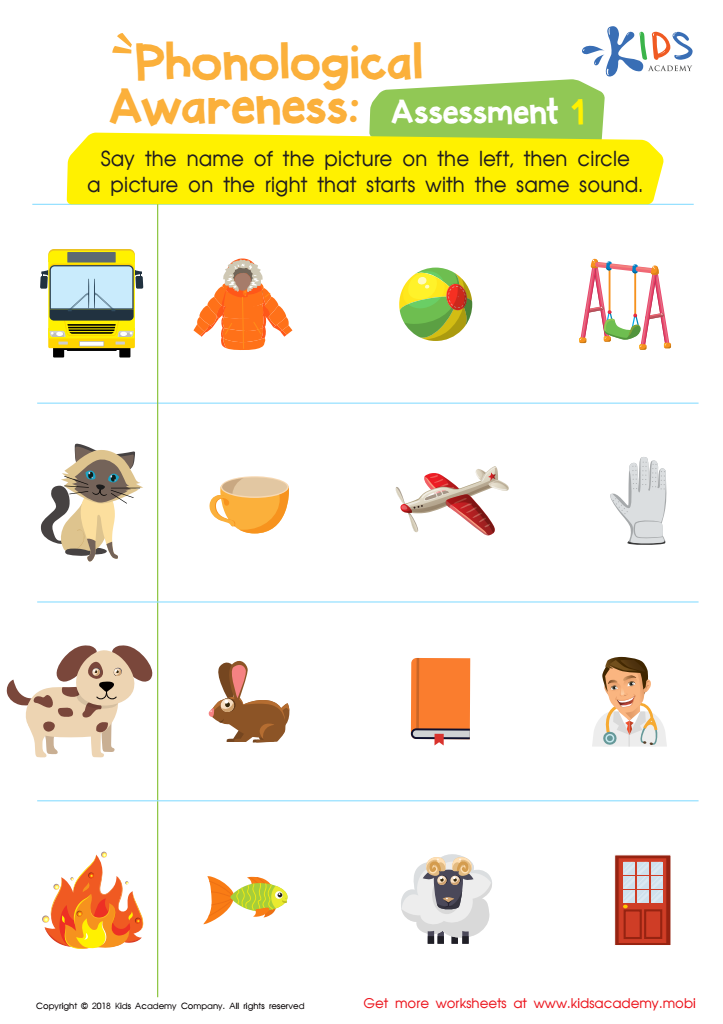

Phonological Awareness: Assessment 1 Worksheet
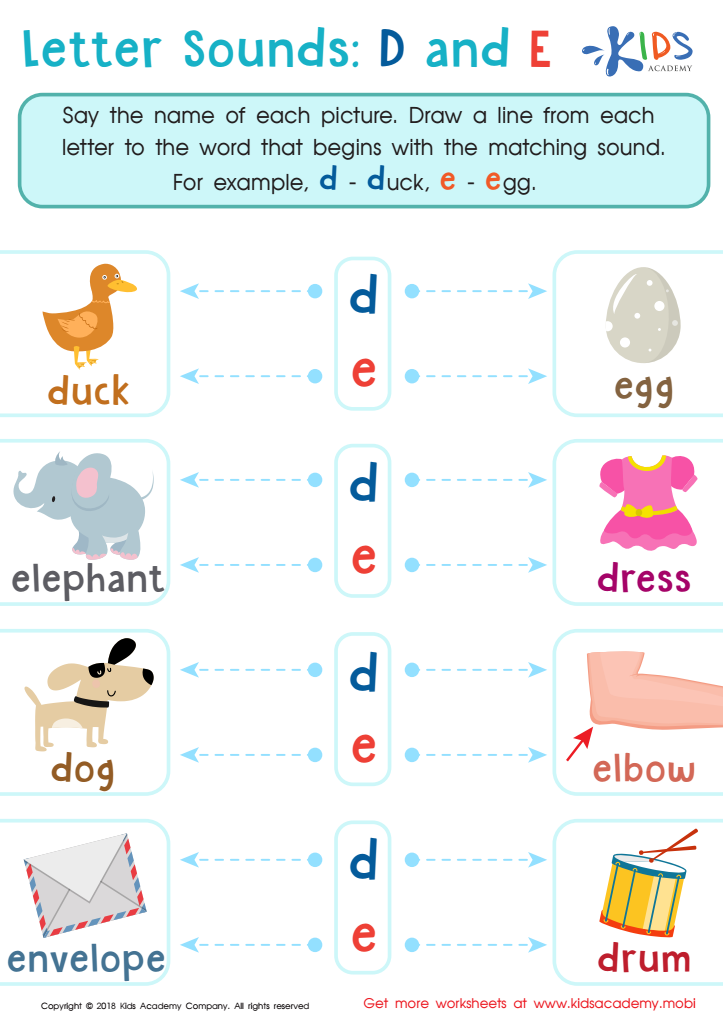

Letter D and E Sounds Worksheet
Vocabulary development and normal phonics are critical for children ages 3-7, laying the foundation for literacy and academic success. During these formative years, children’s brains are highly receptive to language acquisition, making it an ideal time for vocabulary enhancement. A robust vocabulary allows children to communicate effectively, express their thoughts and ideas, and build confidence in their interactions with peers and adults.
Understanding phonics is equally important, as it helps children decode words and understand the relationship between sounds and their corresponding letters. Mastering phonics encourages early readers to tackle new words independently, fostering a love for reading. This skill not only enhances reading proficiency but also supports comprehension, enabling students to engage with more complex texts as they progress in their education.
For parents and teachers, prioritizing vocabulary development and phonics during these early ages is vital. Engaging in rich conversations, reading aloud, and incorporating phonics activities into daily routines can significantly accelerate children's language skills. This attentive approach helps reduce reading difficulties later on, leading to better academic outcomes. Ultimately, investing time and effort in vocabulary and phonics development empowers children to become confident readers and lifelong learners.
 Assign to My Students
Assign to My Students















